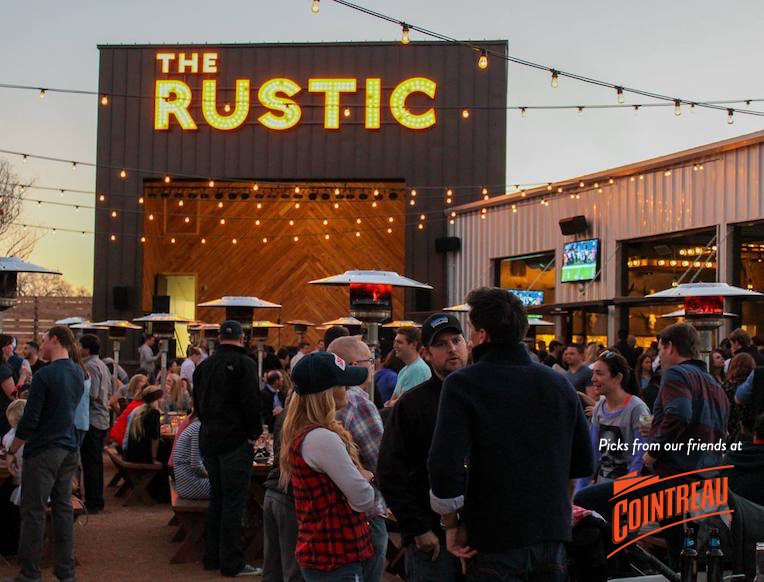The allure of rustic uptown living is undeniable. It’s a unique blend of rural charm and urban sophistication, where the warmth of natural materials and vintage decor meets the sleekness of modern city living. Achieving this distinctive look requires a thoughtful balance of elements, from the choice of furniture and textiles to the incorporation of natural materials and decorative accents. In this comprehensive guide, we’ll delve into the world of rustic uptown living, exploring the key principles, design strategies, and expert tips for creating a chic country-style oasis in the heart of the city.
Understanding the Essence of Rustic Uptown Living
At its core, rustic uptown living is about embracing the contrasts that make city dwelling so exciting. It’s a celebration of the old and the new, the rough and the refined, brought together in a way that feels authentic and inviting. This style isn’t just about aesthetics; it’s about creating a sense of community and warmth in the midst of urban bustle. To capture this essence, it’s essential to start with a deep understanding of what rustic uptown living means to you. Consider what aspects of country living appeal to you the most—perhaps it’s the use of natural materials, the incorporation of vintage pieces, or the emphasis on cozy, inviting spaces.
Key Elements of Rustic Uptown Design
- Natural Materials: Wood, stone, and brick are staples of rustic design. In an uptown setting, these materials can be incorporated through furniture, flooring, and decorative accents like reclaimed wood shelves or a stone fireplace.
- Vintage and Antique Pieces: Mixing vintage or antique items with modern furniture creates a unique, layered look. This could be a vintage armchair reupholstered in a bold, modern fabric or an antique chest used as a coffee table.
- Textiles and Patterns: Rustic uptown living often features a mix of textures and patterns, including plush throw blankets, woven baskets, and patterned rugs. These elements add depth and visual interest to a space.
- Lighting: Lighting can dramatically alter the ambiance of a room. Consider using pendant lights made from natural materials, table lamps with vintage shades, or string lights for a cozy, rustic glow.
- Color Palette: The color scheme for a rustic uptown space might include earthy tones like olive green, terracotta, and weathered wood, balanced with neutral backgrounds to prevent the space from feeling too dark or heavy.
Design Strategies for a Chic Country-Style Oasis
- Layering: Layering different textures, patterns, and elements is key to creating a space that feels lived-in and inviting. This could mean combining a plush area rug with a vintage Moroccan tile floor or layering throw blankets over a sofa.
- Mixing and Matching: Don’t be afraid to mix modern pieces with vintage or antique items. This contrast is what gives rustic uptown living its unique charm.
- Bringing the Outdoors In: Incorporating plants, botanical prints, or a living wall can help bridge the gap between indoor and outdoor spaces, adding to the rustic, natural feel of the home.
- Personal Touches: Personal items like family photos, heirlooms, or pieces collected from travels can add a layer of warmth and personality to a space, making it truly feel like home.
Expert Tips for Achieving Rustic Uptown Chic
- Start Small: Begin with one room or one element, like a statement piece of furniture, and build from there. This approach allows you to refine your style without feeling overwhelmed.
- Seek Inspiration: Follow designers, bloggers, or social media influencers who specialize in rustic or country-style decor. Saving images of spaces you love can help you identify common themes or elements that appeal to you.
- Shop Thoughtfully: When shopping for vintage or antique pieces, consider the story behind each item. How will it contribute to the narrative of your space?
- Don’t Forget the Details: Small details like hardware on cabinets, the finish on lighting fixtures, or the style of switch plates can make a significant difference in achieving a cohesive look.
Creating a Cohesive Look
Achieving a cohesive look in a rustic uptown space involves careful consideration of how different elements work together. Here are a few strategies to consider:
- Unify with Color: Choose a few core colors and use them consistently throughout the space to create a sense of harmony.
- Balance Scale and Proportion: Ensure that the scale of furniture and decorative items is appropriate for the room and each other. A large, oversized piece can overwhelm a small space.
- Consider the Flow: Think about how people will move through the space. A well-designed floor plan can make a room feel more spacious and inviting.
Conclusion
Rustic uptown living is a testament to the beauty of contrasts, where the rough, organic textures of the countryside meet the sleek sophistication of urban life. By embracing natural materials, vintage decor, and a mix of modern and antique pieces, you can create a space that feels both deeply personal and universally appealing. Whether you’re a longtime city dweller looking to add some country charm to your home or someone moving from the countryside to the city and wanting to bring a piece of home with you, the principles of rustic uptown living offer a compelling vision for how to live beautifully in the city.
What are the key elements to incorporate for a rustic uptown look?
+The key elements include natural materials like wood and stone, vintage or antique pieces, a mix of textures and patterns through textiles, and thoughtful lighting choices. Balancing these elements is crucial for achieving the desired aesthetic.
How can I make my rustic uptown space feel more cohesive?
+Unifying the space with a consistent color palette, balancing scale and proportion, and considering the flow of the room can all contribute to a more cohesive look. Additionally, focusing on a few statement pieces and keeping the rest of the decor simple can help tie the room together.
What role do vintage and antique pieces play in rustic uptown decor?
+Vintage and antique pieces are essential for adding character and depth to a rustic uptown space. They introduce unique textures, patterns, and stories, helping to differentiate the space from more modern, mass-produced decor. Mixing these items with modern furniture and decor creates a visually interesting and layered look.


